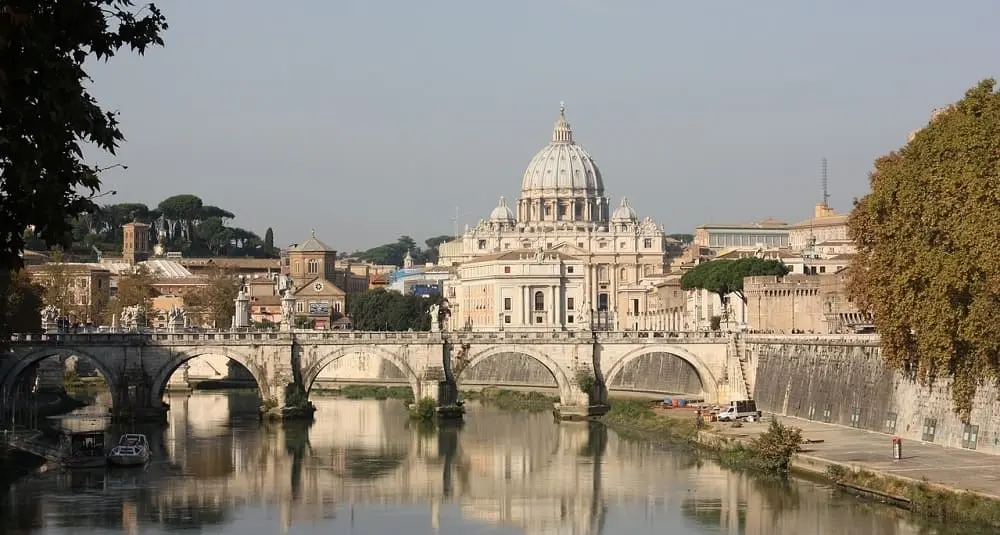Where does the Tiber flow into?
Last Updated:
The Tiber, in Italian Tevere and Latin Tiberis, is one of Italy’s most emblematic rivers, not least because of its close links with the city of Rome. At 405 kilometers, it is the country’s third longest river, after the Po and the Adige.
The Tiber rises on Mount Fumaiolo, 1,268 meters above sea level, in the Apennines of northern Italy. After a brief passage through Tuscany, it flows through Umbria, skirting Perugia to the east, before continuing its course through Lazio. Its course is punctuated by historic towns and varied landscapes, reflecting the cultural and natural wealth of the Italian peninsula.
One of the most famous aspects of the Tiber is its passage through the Italian capital, Rome. The river has played a central role in the city’s history and development. According to legend, it was on its banks that the twins Romulus and Remus were discovered, thus laying the foundations of Rome. Over the centuries, the Tiber has served as a communications route, a source of water and a natural defense for the city.
The Tiber’s main tributaries are the Paglia, Nera and Aniene. These rivers contribute to the river’s flow and play an important role in the region’s hydrographic network.
After passing through Rome, the Tiber continues its course to the southwest, flowing into the Tyrrhenian Sea near the city of Ostia. In ancient times, Ostia was Rome’s main port, facilitating trade and exchanges with other Mediterranean regions. Over time, due to the accumulation of sediments transported by the river, the mouth of the Tiber moved forward, and the ruins of the ancient port of Ostia now lie some 4 kilometers from the sea.
The Tiber has witnessed many historic events and inspired countless works of art and literature. It has served as a natural frontier, a trade route and a source of inspiration for poets and writers. The bridges that cross it, such as the Pont Sublicius and the Pont Milvius, are steeped in history and bear witness to the architectural ingenuity of past civilizations.
Like many urban rivers, the Tiber faces environmental challenges, including pollution and flood risks. Constant efforts are being made to preserve its ecological quality and protect adjacent residential areas. Water management is essential to ensure the safety of riverside populations and the preservation of the local ecosystem.
The Tiber remains a powerful symbol of Italian history, and of Rome in particular. Its course, from its source in the Apennines to its mouth in the Tyrrhenian Sea, illustrates Italy’s geographical and cultural diversity. Its presence continues to influence the daily lives of its inhabitants and capture the imagination of visitors from all over the world.
geography

Where does the Tiber flow into?
Answer
The Tiber, Italy's third longest river, flows 405 km from its source on Mount Fumaiolo to its mouth in the Tyrrhenian Sea near Ostia.